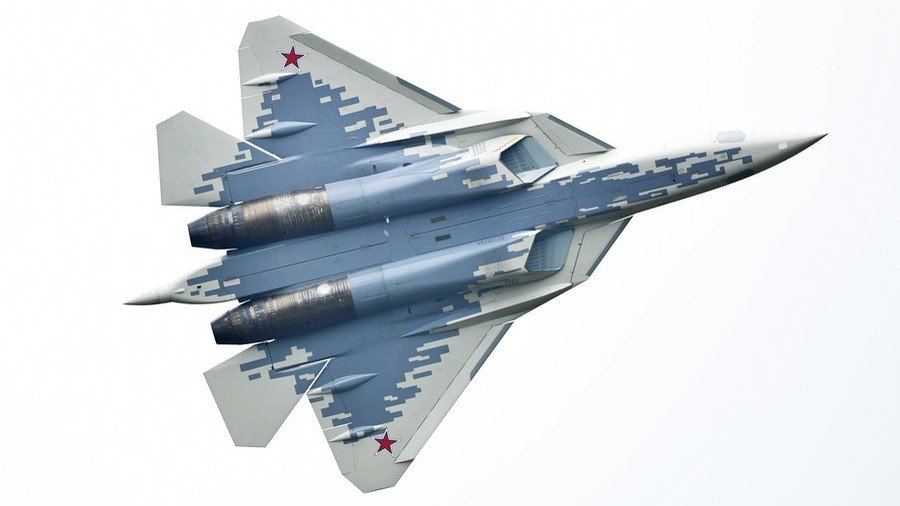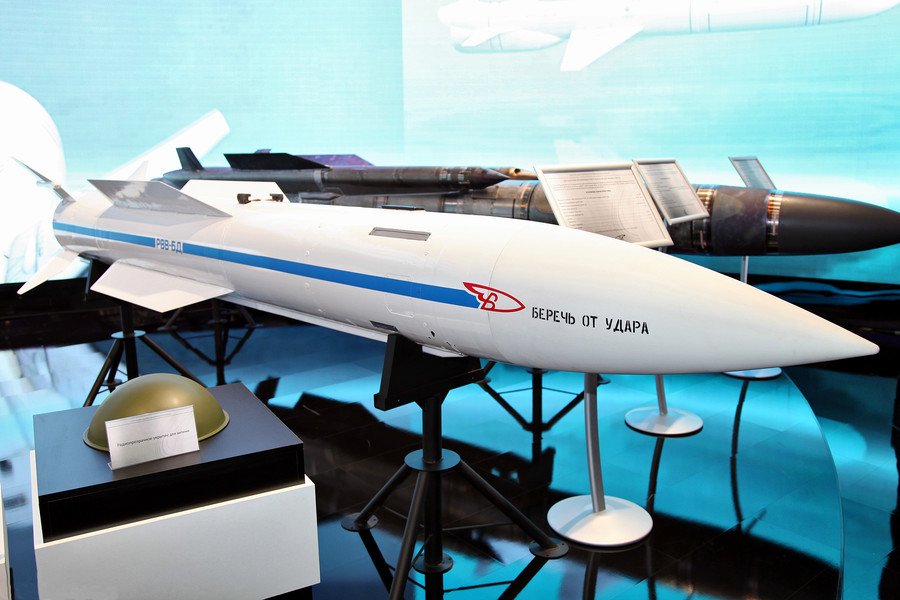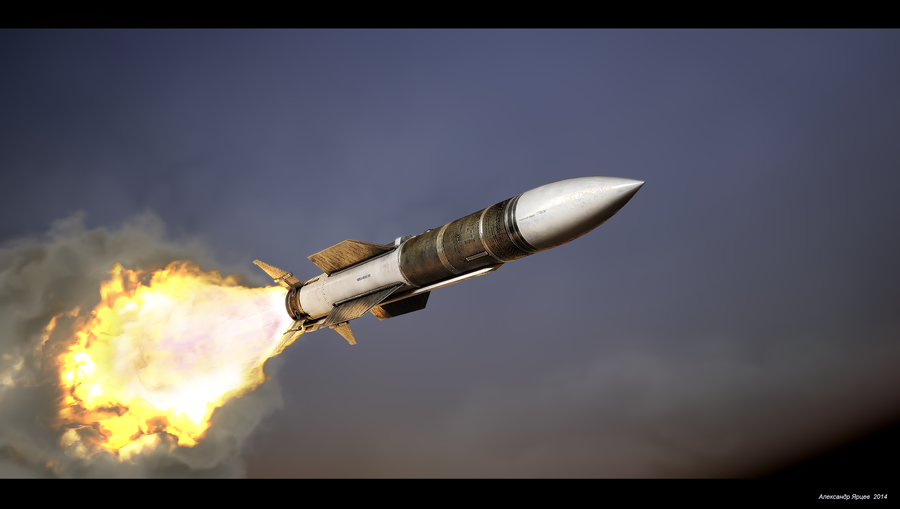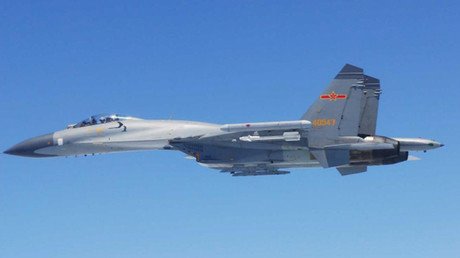Russia’s Su-57 jet gets hypersonic missile that can shoot down enemy aircraft ‘300km away’

A hypersonic anti-aircraft missile with a range of over 300km will be part of the arsenal of the Su-57, Russia’s most-advanced multipurpose fighter jet. The weapon is meant to take out high-value targets with impunity.
The Su-57 is Russia’s first 5th-generation aircraft, designed to be a formidable threat to major air powers such as the US. It is normally expected to carry weapons in its internal bays, to reduce radar cross-section and avoid compromising its stealth capabilities. But larger missiles may be carried externally at a hardpoint, and one of those will be the R-37M, a missile with a greater range than anything the US aircraft would have at their disposal.

The R-37M is an upgraded version of the missile that came into service in 1985. The older variant is among the larger air-to-air missiles, measuring 4.2 meters in length and 600kg in weight, suitable only for bigger aircraft like the Mig-31BM interceptor.
The updated missile’s main feature is its range, which is reported as 300km, although some sources say it may be as high as 400km, depending on flight profile. The costly missile is meant to take down equally important targets like AWACS planes, but with Mach 6 speeds and an active-seeker homing system taking over during the terminal phase, it poses a threat to more agile targets like fighter jets.

The R-37M variant, which is reportedly in the final stages of development, was given a new guidance system and lost some weight and length to fit on smaller platforms. Boris Obnosov, director of the Tactical Missiles Corporation (KTRV), confirmed to Interfax on Wednesday that the Su-57 will be among aircraft capable of firing the new missile. KRTV is the parent company of NPO Vympel, the developer of the R-37.
The progress with developing the R-37M puts into question the future of another potential very long-range air-to-air missile considered for the Su-57. Called KS-172 and developed by NPO Novator, part of the competing military concern Almaz-Antey, this missile reportedly has an even greater range of over 400km.

This was made possible by using a two-stage composition, with a wider powerful first stage quickly boosting the smaller second stage. The weapon had a few successful tests, but is believed to be nowhere near entering service. Interestingly, China is reportedly developing a similar two-stage extended-range missile for its J-20 stealth fighters.
With its strategic rivals both having this type of weapon, the US may need to rethink its strategy for air superiority. The US Air Force used to deploy very-long range air-to-air missiles, like the AIM-54 Phoenix, which had an operational range of 190km, but it was retired in 2004 along with its platform, the F-14 Tomcat. Some missiles of this type are still in service in Iran – a relic of the country’s pre-revolution ties with the US.
The AIM-120 AMRAAM, the to-go beyond-the-horizon air-to-air missile of the USAF, has an even shorter range than the Phoenix, with the advanced AIM-120D variant reportedly limited to 160km. It’s still quite a formidable weapon adapted to many platforms, and the US military expect that pretty much any enemy may be taken down by the missiles from a safe distance, with more modern fighter jets like F-22 and F-35 providing extra targeting information for older aircraft.
By deploying missiles with an even greater range, Russia and China would essential double down on this strategy, threatening valuable US assets from a safe distance. This potentially opens a vulnerability gap, until NATO can develop a counterbalance such as MBDA’s Meteor missile.
Like this story? Share it with a friend!















